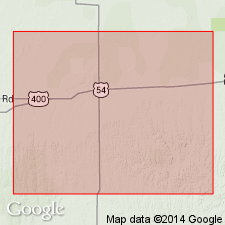
- Modifications:
-
- Not used
- AAPG geologic province:
-
- Anadarko basin
Cragin, F.W., 1895, A study of the Belvidere beds: American Geologist, v. 16, p. 357-385.
Summary:
Pg. 357-385. Belvidere beds (or Walker beds) is proposed to include Kiowa shale (=Belvidere shale of Hill), Champion shell bed, and underlying Cheyenne sandstone, Walker being suggested in case objection is made to use of Belvidere to include more than Belvidere shales of Hill, but Belvidere is preferable name for this larger unit.
Source: US geologic names lexicon (USGS Bull. 896, p. 157-158).
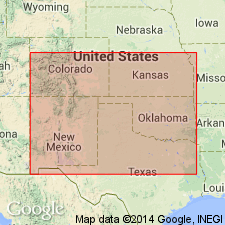
- Usage in publication:
-
- Belvidere shale
- Modifications:
-
- Original reference
- Dominant lithology:
-
- Shale
- AAPG geologic province:
-
- Anadarko basin
Summary:
Pg. 208 [205]-234. [On opp. 208 to 210 Belvidere shale is defined as consisting of blue shale, with indurated fossil layers, 106 feet thick, overlying Cheyenne sandstone and underlying "Dakota" sandstone, both including and excluding oyster bed (Champion shell bed) at base. On p. 211 Belvidere is defined as including Belvidere shales ("for which Cragin has proposed Kiowa since this paper was written") and Cheyenne sandstone, or all beds between "Dakota" sandstone [the quotation marks are Hill's] above and Red Beds below.] Contains Comanche fossils.
Named from Belvidere, Kiowa Co., central southern KS.
Source: US geologic names lexicon (USGS Bull. 896, p. 157-158).
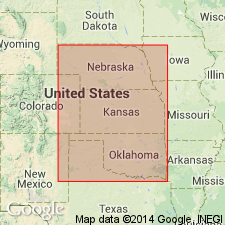
- Modifications:
-
- Not used
Summary:
Pg. 111+. Divided the Comanche of southern Kansas into Kiowa shale (including Champion shell bed) and Cheyenne sandstone, and suggested that, if a name is needed for the 2 formations combined, some other name than Belvidere be adopted.
Source: US geologic names lexicon (USGS Bull. 896, p. 157-158).
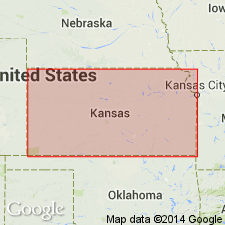
- Usage in publication:
-
- Belvidere formation
- Modifications:
-
- Redefined
- ["Reinstated"]
- AAPG geologic province:
-
- Sedgwick basin
Summary:
Belvidere formation as here defined includes (descending): Greenleaf sandstone member, 25 to 50 feet; Spring Creek shale member, 25 to 50 feet; and Kiowa shale member, the latter including "Champion shell bed" at base. Overlies, apparently conformably, Cheyenne sandstone, but R.C. Moore says there is evidence, at least locally, of unconformity. Underlies Kirby clay member of "Dakota" formation, apparently conformably. [Twenhofel divided Belvidere formation of McPherson County into 4 members, listed in 1924 entry under Mentor formation.]
Source: US geologic names lexicon (USGS Bull. 896, p. 157-158).
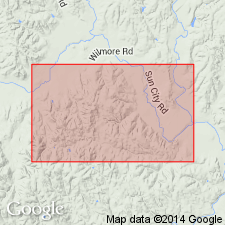
- Usage in publication:
-
- Belvidere
- Modifications:
-
- Not used
Summary:
Pg. 49. It seems unadvisable to retain Hill's term Belvidere and place the various beds as members of this formation. They certainly do not contain enough characteristics to justify placing them in a single formation. The term Belvidere is therefore discarded and the members (Greenleaf sandstone, Spring Creek clay, and Kiowa shale) are described as formations.
Source: US geologic names lexicon (USGS Bull. 896, p. 157-158).
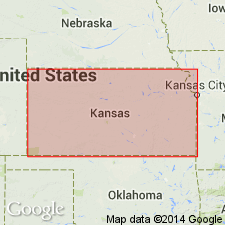
- Usage in publication:
-
- Belvidere shale
- Modifications:
-
- Overview
Summary:
[Belvidere shale of Dakota group] underlies Ellsworth formation (new); overlies Cheyenne sandstone. Comprises (ascending) Kiowa shale, Marquette sandstone, and Mentor sandstone member[s].
Source: US geologic names lexicon (USGS Bull. 1200, p. 296).

- Usage in publication:
-
- Belvidere shale
- Modifications:
-
- Overview
Summary:
Reports [from 1898 through 1923] simply used Kiowa and Cheyenne for the subdivisions of the Comanche in southern Kansas, and Belvidere and Walker dropped out of the literature until 1924. The Mentor formation of central Kansas was assigned to a higher position in the Comanche than the Kiowa, and the 3 names were used for many years for the subdivisions of the Comanche in Kansas.
Source: US geologic names lexicon (USGS Bull. 896, p. 158).
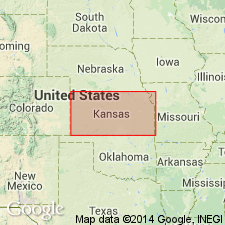
- Usage in publication:
-
- Belvidere shale
- Modifications:
-
- Areal extent
Summary:
Belvidere shale. Mapped with Dakota group.
Source: US geologic names lexicon (USGS Bull. 1200, p. 296).
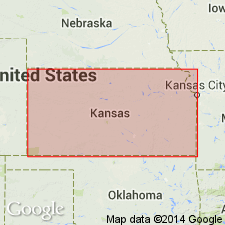
- Usage in publication:
-
- "Belvidere formation"
- Modifications:
-
- Not used
Summary:
Kiowa shale as herein defined probably contains stratigraphic units formerly called "Greenleaf sandstone," "Mentor beds," and others, and is in part equivalent to "Belvidere formation," "Medicine bed," Elk River beds," and others.
Source: US geologic names lexicon (USGS Bull. 1200, p. 296).
For more information, please contact Nancy Stamm, Geologic Names Committee Secretary.
Asterisk (*) indicates published by U.S. Geological Survey authors.
"No current usage" (†) implies that a name has been abandoned or has fallen into disuse. Former usage and, if known, replacement name given in parentheses ( ).
Slash (/) indicates name conflicts with nomenclatural guidelines (CSN, 1933; ACSN, 1961, 1970; NACSN, 1983, 2005, 2021). May be explained within brackets ([ ]).

